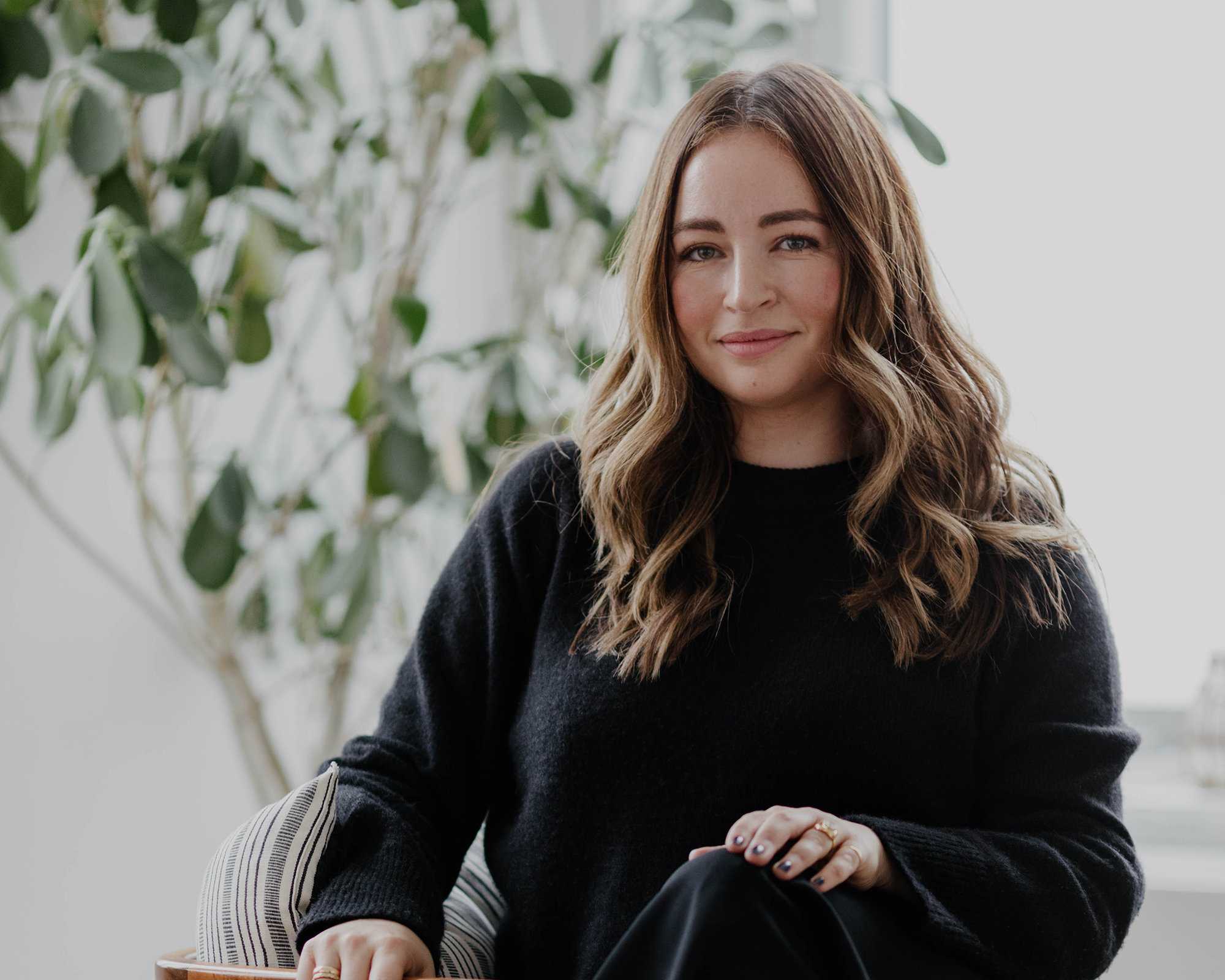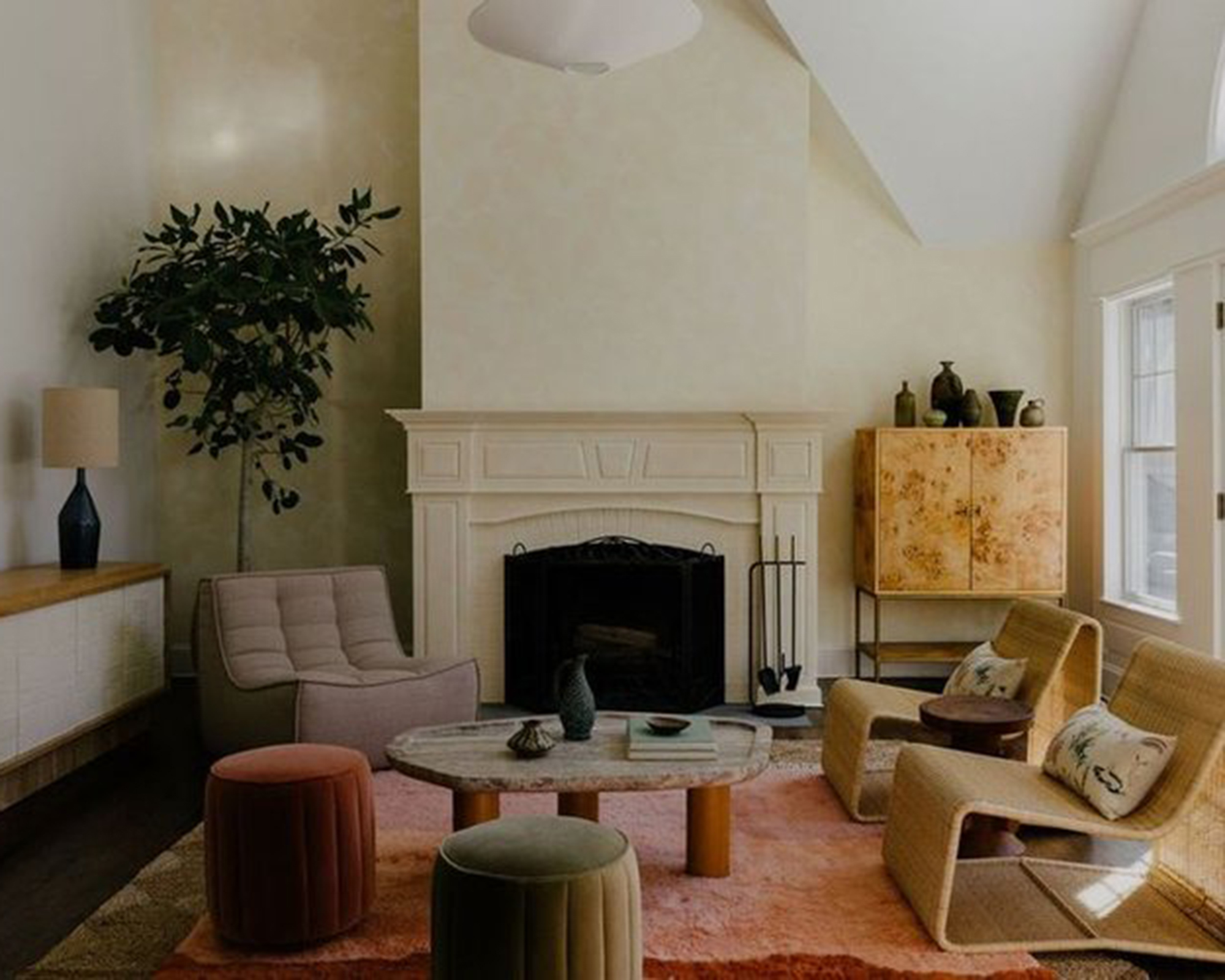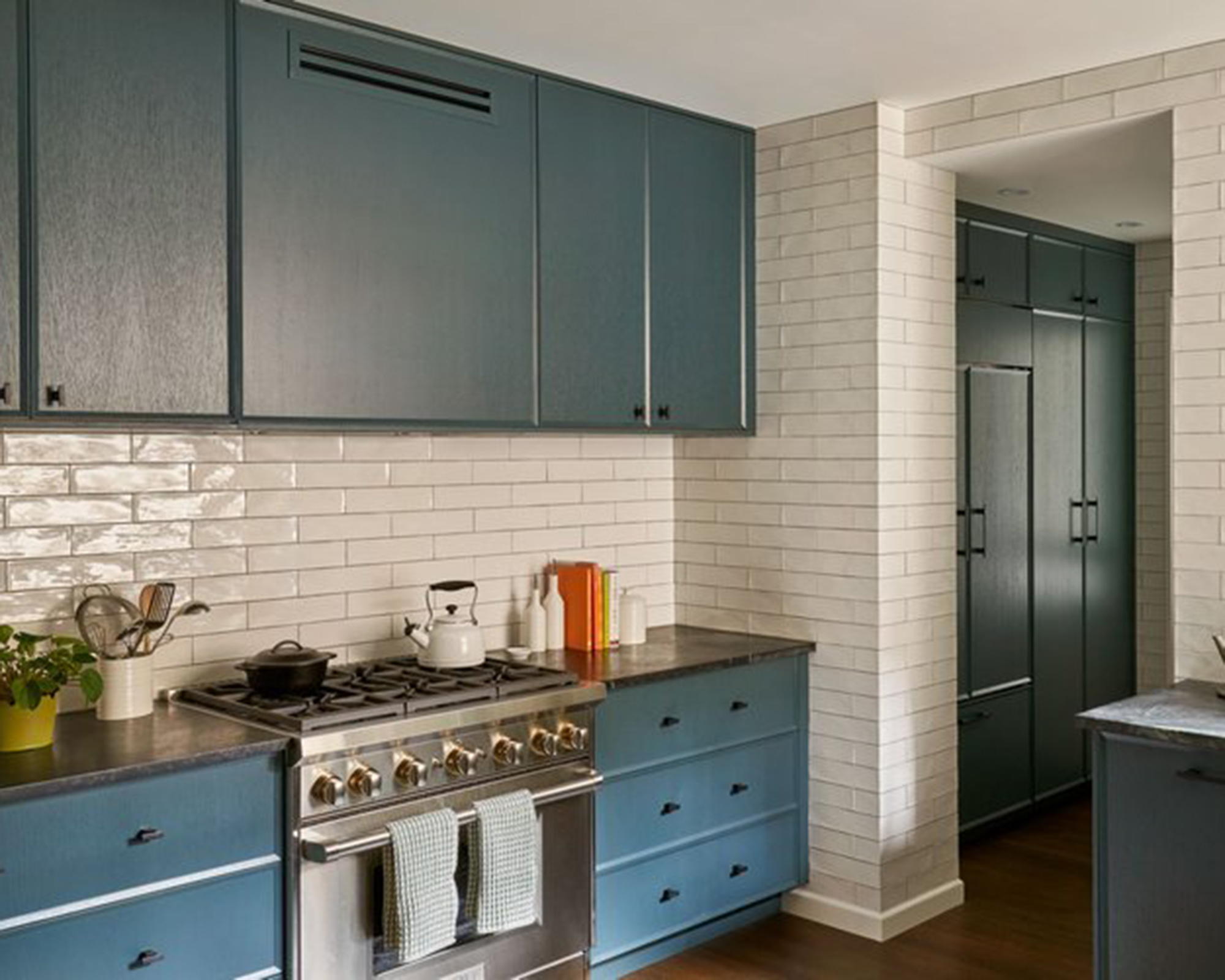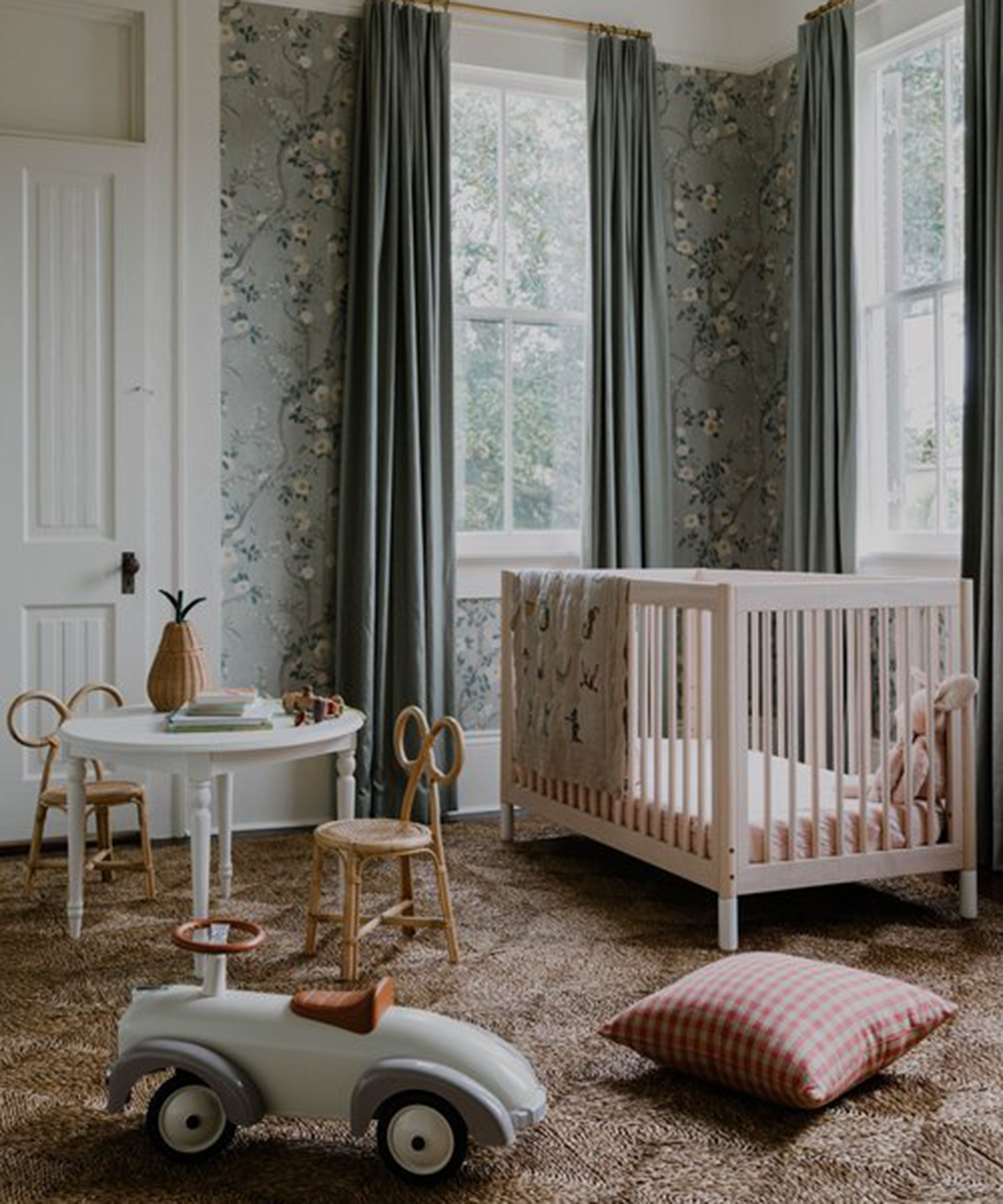
Emma Beryl Kemper is the founder of Emma Beryl Interiors, a New York–based design studio celebrated for crafting quietly layered, deeply livable spaces that feel both timeless and fresh. A graduate of the New York School of Interior Design, Emma’s signature style blends vintage treasures with bespoke pieces, seamlessly weaving traditional silhouettes with modern lines to create homes that feel thoughtfully collected over time.
In this conversation, Emma delves into her approach to balancing comfort with elegance, her love of natural materials and sculptural lighting, and why emotional resonance lies at the heart of every project. From her unexpected passion for red to the subtle design strategies she employs to let a space evolve gracefully, she offers an intimate glimpse into her philosophy and creative process.

Your interiors are celebrated for their quietly layered elegance. How would you describe your own design style in your own words?
I try to design specifically for each space, continually revisiting color, ensuring everything feels comfortable, and creating environments that people want to inhabit – all while staying connected to the architecture of the home.
Many of your projects feature a rich mix of traditional silhouettes with modern lines. How do you strike that balance between timeless and contemporary?
When we’re sourcing, we aim for a mix of vintage, new, and bespoke pieces. This approach allows each space to feel personalized while also keeping the budget in check. I’m not drawn to all-new items – there’s something unsettling, both visually and emotionally, when everything is fresh out of the box. We look for pieces that carry a previous life, objects that feel timeless, as if they’ve always belonged, so their origin blends seamlessly into the design.
Are you drawn to any particular eras for your vintage pieces?
Design expertise in your inbox – from inspiring decorating ideas and beautiful celebrity homes to practical gardening advice and shopping round-ups.
No, I’m not drawn to any particular era in particular – my influences tend to come from wherever I’ve most recently been. I was recently in Portugal and absolutely loved it – the hotel I stayed in was beautifully streamlined, whitewashed, and serene. And, of course, I couldn’t resist falling for all the handmade tiles.

You’ve spoken before about creating homes that feel collected over time. What are the key elements that help you achieve that layered look?
There are certain items I almost always buy vintage – area rugs, for example, make a big impact, and if they’re older, you don’t worry as much about everyday wear. Sofas, on the other hand, I usually get new ones, since people often want a warranty, and it’s a bit easier than trying to breathe new life into a vintage piece.
When beginning a new project, where do you start? Is it a color, a fabric, a piece of art, or something else entirely?
I usually approach my inspiration in a more 'zoomed out' way –reflecting on the cities I’ve visited, the hotels I’ve stayed in. I break those places down, thinking about what resonated – whether it was a pattern, a particular use of color, or a spatial detail. Occasionally, art will serve as the starting point, but more often it’s a color that sparks the idea.
In that case, are there any colors you’re currently finding yourself drawn to?
Yes – it’s funny, but over the past year, I’ve been decorating with red non-stop. The house I grew up in was red, and I used to tease my mom endlessly about it. Somehow, though, I’ve grown to love it, and it’s almost become a neutral for me. I’ll use it to paint walls or for a statement piece, like a giant red velvet sofa.
What shade of red are you using – bright and bold, or more muted and subdued?
I’m leaning more toward the terracotta or brick tones of red – like Farrow & Ball’s Red Earth paint, which has such a warm, comforting presence.

Feeling good is central to design today. How do you weave emotion into your design process?
Emotion is the most important element. I hope that the moment you step into a space we’ve designed, you feel uplifted and curious to explore. I was photographing a project recently, and the photographer said the home felt like it was giving them a hug, which was the sweetest compliment. Design should be immersive: don’t be afraid to layer texture on the walls, or to find a candle that smells wonderful and makes you feel good.
Your portfolio shows a clear love for natural stone, antique textiles, and custom millwork. Are there any materials or finishes you find yourself returning to again and again?
Honestly, any natural material. I just can’t stand things that don’t age gracefully.
Your rooms often feature sculptural lighting and unexpected art. What do you look for when sourcing these pieces?
I like that you can use more delicate light fixtures because they’re out of reach – up high or tucked into a corner – so they’re less likely to get damaged. We often choose sculptural glass that looks fragile and pretty, an approach we wouldn’t take for something like a side table, which people tend to bump into.
What do you think is the single most important detail that makes a house feel like a home?
Comfortable furniture and the ability to truly relax the moment you arrive. Most of all, it should feel personal – like it belongs to you.
What’s one subtle design trick you always use to elevate a room without it feeling overly 'decorated'?
I was watching designer Beata Heuman’s masterclass, and she said something I’ve long believed: people will always want to bring new things into their homes. As a designer, you have to leave space for those future pieces. What you’re creating isn’t a finished home – it’s a canvas on which they can continue to add, evolve, and make their own.
See more of Emma's work at Emma Beryl
Pip Rich is an interiors journalist and editor with 20 years' experience, having written for all of the UK's biggest titles. Most recently, he was the Global Editor in Chief of our sister brand, Livingetc, where he now continues in a consulting role as Executive Editor. Before that, he was acting editor of Homes & Gardens, and has held staff positions at Sunday Times Style, ELLE Decoration, Red and Grazia. He has written three books – his most recent, A New Leaf, looked at the homes of architects who had decorated with house plants. Over his career, he has interviewed pretty much every interior designer working today, soaking up their knowledge and wisdom so as to become an expert himself.

